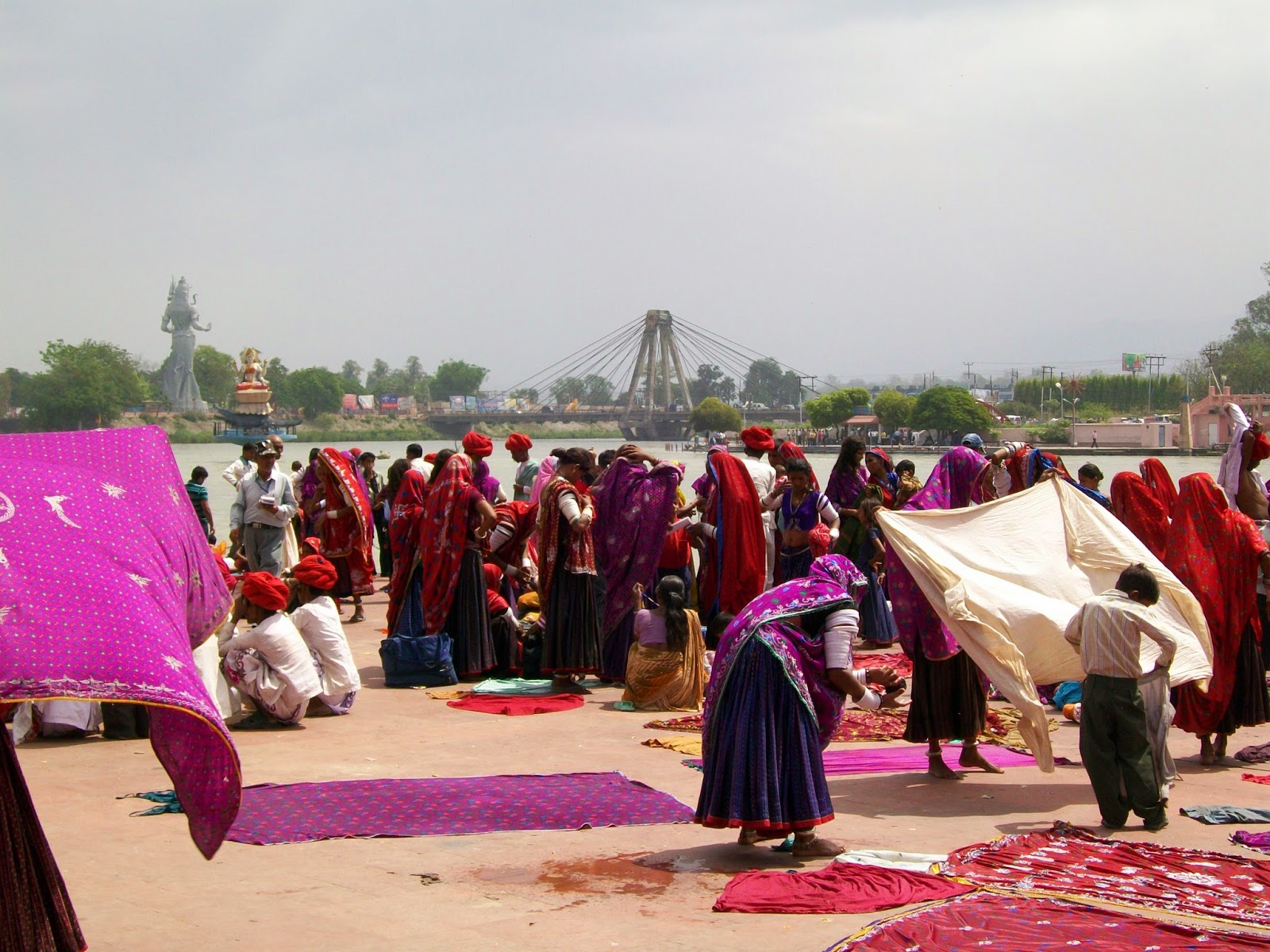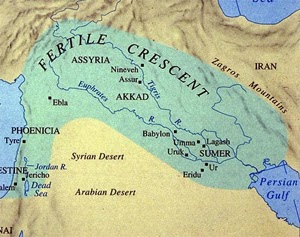The great river valleys and cultures
Egypt, Mesopotamia, Indus river valley and China.
Egypt, Mesopotamia, Indus river valley and China.
 | |||||||
Indian civilization shift from Indus basin to Ganges basin
The disintegration of the Harappan civilization (http://sciencedoing.blogspot.in/2014/04/indus-valley-civilization-collapse.html), in the early 2nd millennium BC, mark the point when the center of Indian civilization shifted from the Indus basin to the Ganges basin.*
There may be links between the Late Harappan settlement of the Ganges basin and the archaeological culture known as "Cemetery H", the Indo-Aryan people, and the Vedic period (http://sciencedoing.blogspot.in/2012/09/exploring-lost-places-indus-valley.html).
There may be links between the Late Harappan settlement of the Ganges basin and the archaeological culture known as "Cemetery H", the Indo-Aryan people, and the Vedic period (http://sciencedoing.blogspot.in/2012/09/exploring-lost-places-indus-valley.html).
Early Vedic age and Ganges
During the early Vedic Age of the Rigveda (http://sciencedoing.blogspot.in/2013/01/the-vedic-god-agni.html), the Indus and the Sarasvati River (http://sciencedoing.blogspot.in/2013/01/saraswati-lost-river-of-india.html) were the major sacred rivers, not the Ganges.
But the later three Vedas give much more importance to the Ganges. The Gangetic Plain became the centre of successive powerful states, from the Maurya Empire to the Mughal Empire.
But the later three Vedas give much more importance to the Ganges. The Gangetic Plain became the centre of successive powerful states, from the Maurya Empire to the Mughal Empire.
The river has the second greatest water discharge in the world and its basin is the most heavily populated in the world with over 400 million people living in the basin.
Ganges and Hinduism
The 2,525 km (1,569 mi) river rises in the western Himalayas in the Indian state. The Ganges is the most sacred river to Hindus. It is also a lifeline to millions of Indians who live along its course and depend on it for their daily needs. It is worshipped as the goddess Ganga in Hinduism.
Ganges from Himalayan valley to Gangetic plain
After flowing 250 kilometres (160 mi) through its narrow Himalayan valley, the Ganges emerges from the mountains at Rishikesh, then debouches onto the Gangetic Plain at the pilgrimage town of Haridwar.
At Haridwar, a dam diverts some of its waters into the Ganges Canal (http://throughpicture.blogspot.in/2014/01/proby-cautley-ganges-canal-in-india.html), which irrigates the Doab region of Uttar Pradesh, whereas the river, whose course has been roughly southwest until this point, now begins to flow southeast through the plains of northern India.
Life along the Ganges in Rishikesh and Haridwar
A pictorial tribute to this grand river of India, deep in the their religious conscience, flowing through the coast of Rishikesh and Haridwar:
 |
| Holy Ganges river of India witnesses varying activity along it's coast. White water rafting is another recreation for youngsters, in rapids of various grades in higher reaches of Himalayan. |
 |
| White sand beach camp along Ganges in Rishikesh is another way to enjoy the natural and beautiful stay near this holy river. |
 |
| Rishikesh is a place where Ganges appears from the Himalayan range into plains. There this river regarded as the most Holy, witnesses many human emotions performed at it's bank since ages. |
 |
| Rishikesh is considered by Hindus to be a holy city and is vegetarian by law. |
 |
| An iron suspension bridge made over river Ganges to cross the river and is a landmark of Rishikesh. |
 |
| Haridwar is regarded as one of the seven holiest places to Hindus. |
 |
| Holy dip in the Ganges at Haridwar. |
*a pictorial reference (in Hindi) about lost saraswati river:http://hindi.speakingtree.in/spiritual-slideshow/seekers/mysticism/content-380784/181484
#rishikesh and haridwar pictures belongs to author of this blog.
#river valley culture maps thankfully shared from:http://campusguides.stjohns.edu/content.php?pid=179056&sid=1507644
#textual reference thankfully shared from:http://en.wikipedia.org/


























